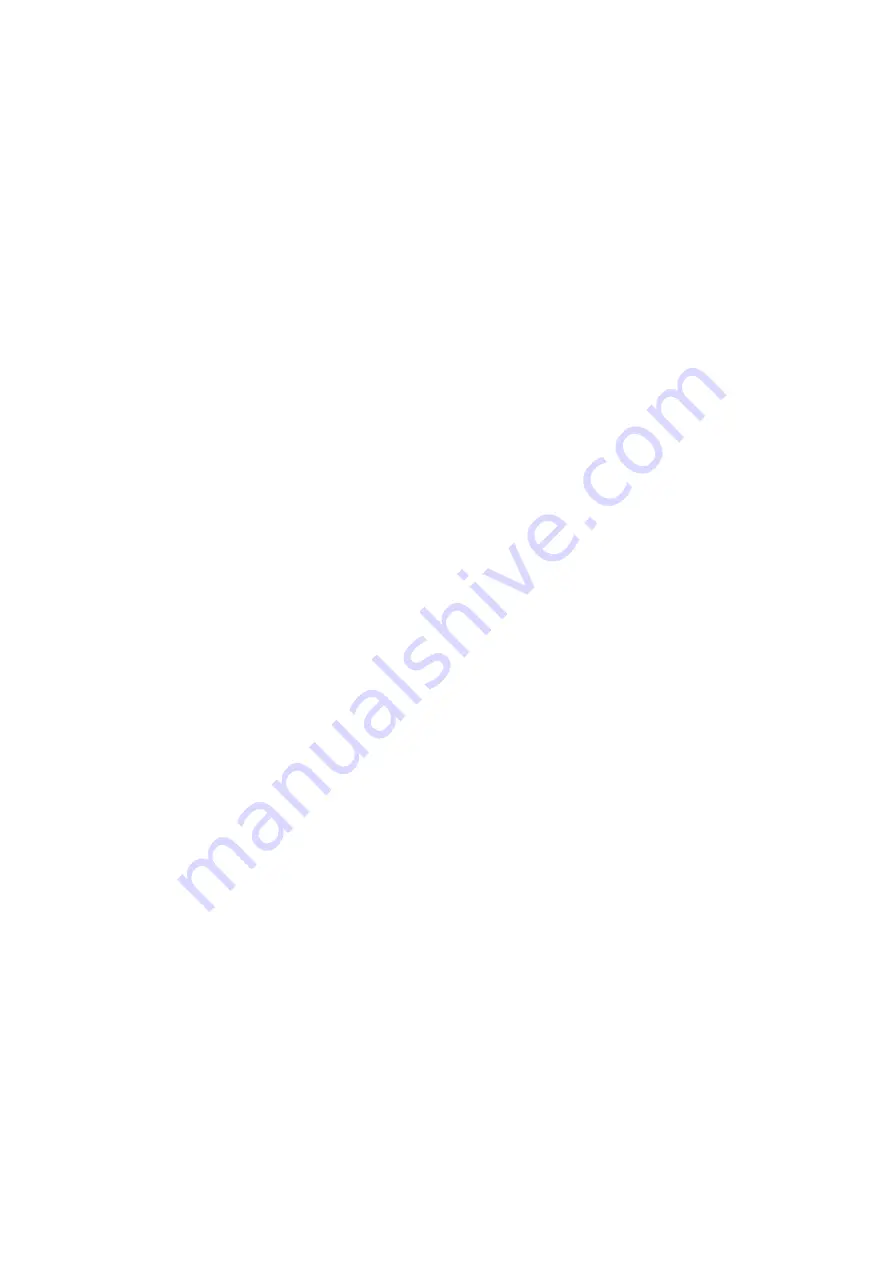
On the back panel are all the needed connections,1/4” input, unbalanced ¼” output, high quality
balanced XLR out with ground lift, an insert section placed right after the boost and before the EQ
section, and 9V DC input with a direct DC output if you find the need for an extra pedal.
Compressor/Limiter:
Compression is a very good effect for overall use. It smoothes out your uneven dynamics, increases
sub tones which otherwise would stay too weak in the overall sound, and it also gives more depth,
body and sustain for a fuller sound. Engage the effect by pressing the Compressor switch....the
effect is active when the LED is lit up. For more compression turn the Comp knob clockwise, and
adjust your Level clockwise to match the bypass level.
Echo:
The Echo effect is designed to emulate the old vintage tape echo units, with all that they had in
low-fidelity noise and distortion. It has extremely musical and warm echo, so don't expect any clean,
sterile, digital delay here! To enter the Echo mode, press the Echo switch. Turn the Echo knob clock
wise for more effect. Adjust the number of repeats by turning the repeat knob clock wise for more
repeats, and counter-clockwise for less. The mini Tone knob works like a filter
with clear crisp echo's in the full clock wise position and warmer vintage style echo when turned
counter clockwise. The echo time is set by the conveniently located Tap-Tempo switch and it goes up
to 1000 milliseconds. An added feature to the Echo is the dotted 8th note, which basically converts
the echo into the 8th of the note faster than the actual tapped tempo. It sounds a bit unorthodox, but
once you have included this special feature into your sound, you will discover how useful and musi-
cal it can be!
Reverb:
The Acoustic GiG Reverb could not be easier to use, and it comes with a bonus feature. Press on
the Reverb switch to engage the effect and increase the amount of Reverb but turning the control
clockwise. At higher settings, the sound changes from pure reverb to a more complex texture, with
added modulation/chorus. Not what we expect from the normal Reverb circuit, but musical and
interesting in the right piece of music!
BOOST:
One of the most popular features in the Carl Martin line of effect units is Carl's crystal clean Boost
circuits. Just press the Boost switch and turn the control clockwise for 0-12 dB of clean volume for
solo's or just that stand-out piece. Increases to volume almost always change the sound to some
degree, but the Acoustic GiG Boost keeps those changes to a bare minimum... so you keep exactly
the same sound and tone, you just get louder!
EQ Section:
To gain maximum EQ options we found it necessary to include a high quality 3 Band semi- parame-
tric EQ. So what is Carls' advice on the simplest and the easiest way to operate a parametric EQ?
Say you want to change the tone in the middle. The best way to locate the frequency you need to
change, is simply to turn up the Level knob in the EQ section, then tweak back and forth the Middle
Freq knob till you find the note you’re looking for, then either turn up or down all depending on your
needs. Do the same with the Bass & Treble. With a little practice, you will find this method very easy
and convenient. One piece of advice though; to avoid feedback while tweaking the knobs, make sure
not to play too loud!
Phase Shift:
This switch sets the PHASE (or polarity) of the Acoustic GiG to all outputs. Depending on how your
instrument’s pick-up/microphone is wired, it can be either in PHASE or out of PHASE. If the signal
from your instrument and the signal from the speaker are of the same polarity, feedback can become
an issue. Set this switch to the position that produces the minimum tendency for feedback before
attempting to use the EQ for feedback issues.
TUNER:
The onboard chromatic tuner is engaged by the Mute switch for silent tuning. This is a very handy
feature for tuning between songs, or for checking your tuning after a break.





















